Top 10 Innovative Products You Didn’t Know Were Made in PRC

Introduction
China, often recognized as the world’s manufacturing hub, is also a hotbed of innovation. While many are familiar with China’s mass-produced goods, the country is also a pioneer in developing cutting-edge products that push the boundaries of technology. Here, we unveil ten innovative products made in PRC that may surprise you with their ingenuity and impact.
1. Solar-Powered Water Purifiers
In remote areas lacking access to clean water, solar-powered water purifiers are revolutionizing communities. These innovative devices utilize solar energy to purify water, ensuring a sustainable and reliable source of clean drinking water. By harnessing the power of the sun, they eliminate the need for electricity, making them ideal for off-grid locations.
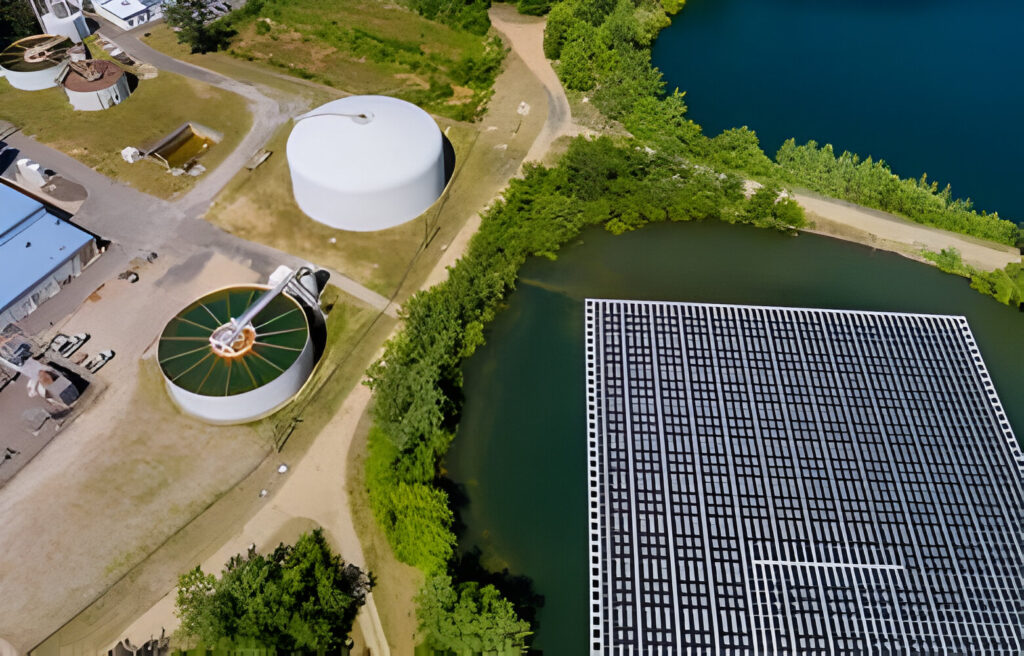
How they work
Solar-powered water purifiers utilize photovoltaic cells to convert sunlight into electricity, which powers the purification process. The water is typically treated using a combination of filtration and disinfection methods, ensuring that it meets quality standards for human consumption.
Benefits
These purifiers offer several benefits, including cost-effectiveness, environmental sustainability, and scalability. They reduce the reliance on traditional energy sources and provide a long-term solution to water scarcity issues in remote areas.
Impact on communities
By providing access to clean water, solar-powered purifiers improve health outcomes, reduce waterborne diseases, and enhance overall quality of life in underserved communities. They empower residents to lead healthier and more productive lives while promoting sustainable development.
2. AI-Powered Healthcare Devices
China is at the forefront of integrating artificial intelligence (AI) into healthcare devices, revolutionizing patient care and diagnostics. From smart wearable devices to AI-driven diagnostic tools, these innovations are transforming the healthcare landscape.
Examples
One notable example is AI-powered medical imaging systems that analyze medical images with unprecedented accuracy, assisting healthcare professionals in diagnosing diseases such as cancer at earlier stages. Additionally, wearable devices equipped with AI algorithms can monitor vital signs and detect anomalies in real-time, providing proactive health monitoring for users.
Advantages
AI-powered healthcare devices offer numerous advantages, including improved diagnostic accuracy, personalized treatment recommendations, and enhanced patient outcomes. They streamline healthcare processes, reduce medical errors, and increase efficiency in healthcare delivery.
Role in revolutionizing healthcare
These innovative devices have the potential to democratize access to healthcare by making diagnostic and monitoring tools more accessible and affordable. They empower individuals to take charge of their health and enable healthcare providers to deliver more precise and personalized care.

3. Electric Vehicles with Swappable Batteries
China is leading the charge in electric vehicle (EV) technology, with a unique focus on vehicles equipped with swappable batteries. This innovative approach addresses the challenges of EV adoption, such as long charging times and limited infrastructure.
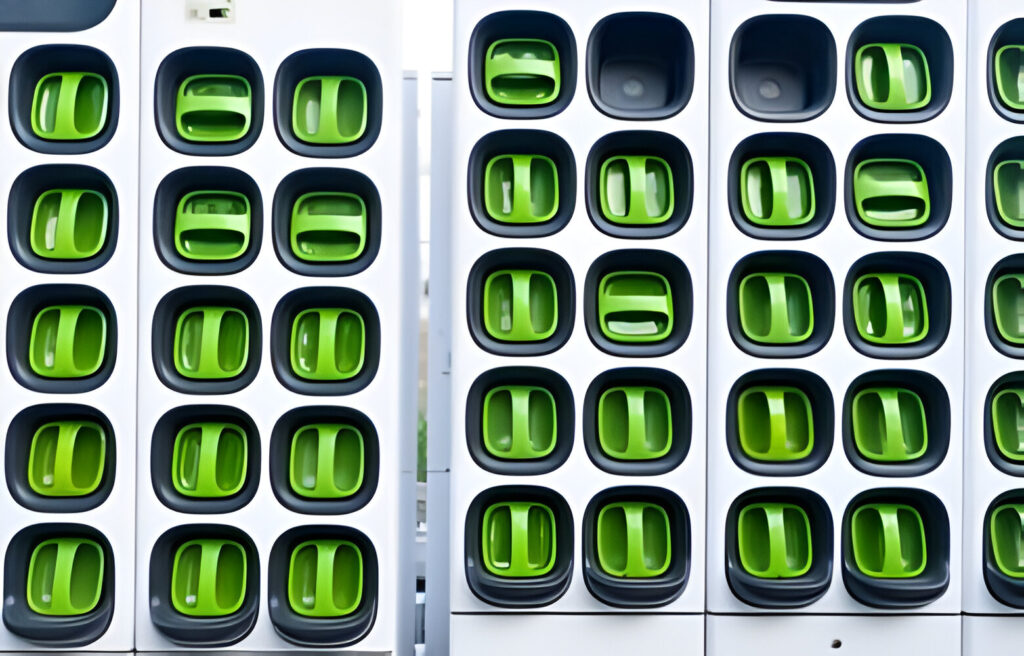
Overview of the technology
Electric vehicles with swappable batteries allow drivers to exchange depleted batteries for fully charged ones at designated stations, significantly reducing charging times and eliminating range anxiety. This battery-swapping infrastructure is being rapidly deployed across China, making EV ownership more convenient and accessible.
Environmental benefits
By promoting the use of electric vehicles, China aims to reduce greenhouse gas emissions and combat air pollution in urban areas. Swappable battery technology accelerates the transition to sustainable transportation by overcoming barriers to EV adoption and promoting the widespread adoption of zero-emission vehicles.
Future prospects
As battery technology continues to evolve, electric vehicles with swappable batteries are poised to play a pivotal role in the future of transportation. They offer a scalable and flexible solution to the challenges of electrification, paving the way for a cleaner and more sustainable mobility ecosystem.
4. Vertical Farming Systems
In response to growing food security concerns and urbanization, China has embraced vertical farming as a sustainable solution to agricultural challenges. These innovative systems maximize space and resource efficiency, enabling year-round food production in urban environments.
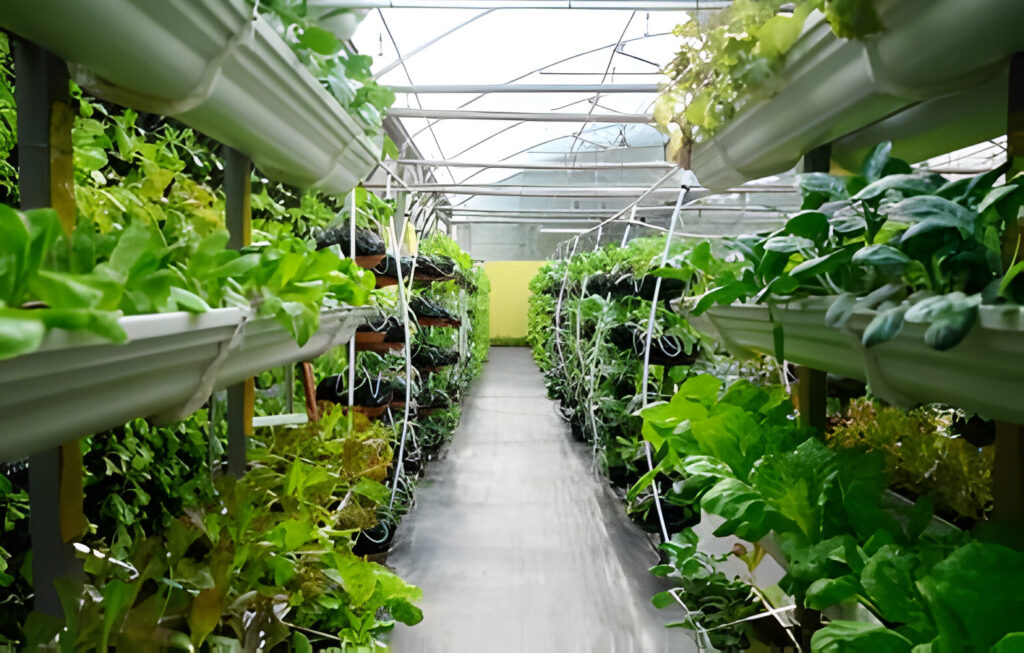
Explanation of vertical farming
Vertical farming involves growing crops in vertically stacked layers, utilizing hydroponics or aeroponics to deliver nutrients to plants without soil. LED lighting systems simulate natural sunlight, creating optimal growing conditions indoors.
Advantages over traditional farming
Vertical farming systems offer several advantages over traditional agriculture, including higher crop yields, reduced water usage, and minimal reliance on pesticides and herbicides. They also eliminate the need for arable land, making them suitable for urban areas where space is limited.
Adoption and expansion
China’s vertical farming industry is rapidly expanding, with companies investing in research and development to optimize production methods and crop varieties. Vertical farms are increasingly integrated into urban infrastructure, providing fresh and locally grown produce to city dwellers.
5. Drones for Agricultural Applications
Drones are revolutionizing agriculture by offering farmers advanced tools for crop monitoring, pest control, and precision agriculture. In China, drones are being deployed across vast agricultural landscapes to improve efficiency and yields.
Use cases
Drones equipped with high-resolution cameras and multispectral sensors capture detailed imagery of crops, allowing farmers to monitor plant health, detect nutrient deficiencies, and identify pest infestations. This data enables targeted interventions, such as precision spraying of fertilizers and pesticides, minimizing waste and maximizing yields.
Precision agriculture
By providing real-time data and actionable insights, drones enable farmers to make informed decisions that optimize crop production and resource utilization. They reduce the need for manual labor and chemical inputs, resulting in more sustainable farming practices and higher profitability.
Improving efficiency and yields
With drones, farmers can cover large areas of land quickly and efficiently, identifying issues before they escalate and implementing timely interventions. This proactive approach to agriculture maximizes yields while minimizing environmental impact, ensuring the long-term viability of farming operations.
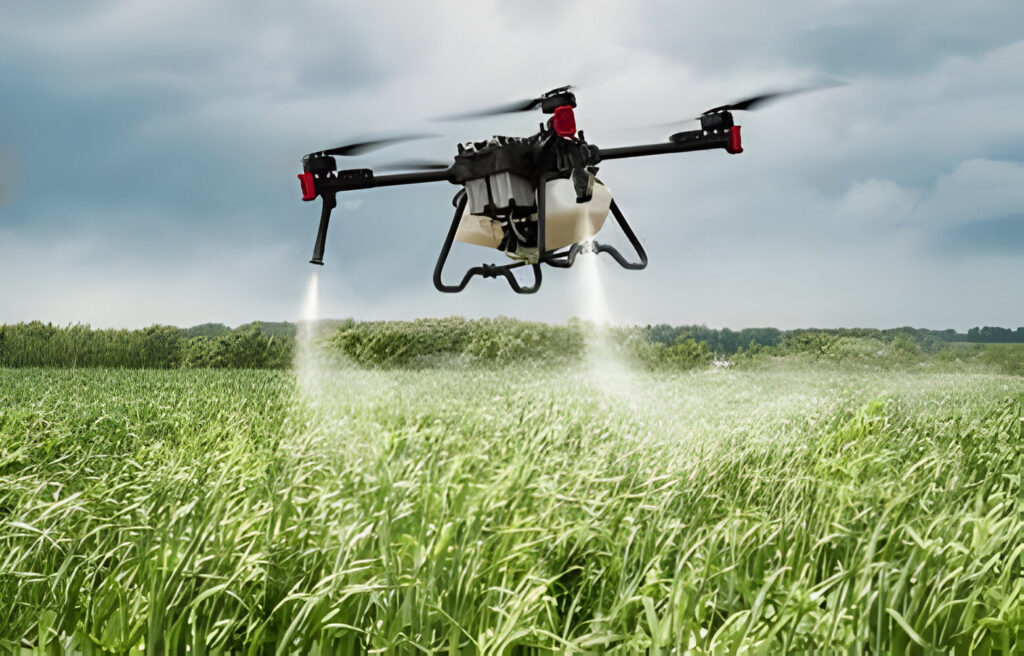
6. Flexible Displays
China is a leader in flexible display technology, with innovative applications ranging from foldable smartphones to rollable TVs. These flexible displays offer new possibilities for consumer electronics, enabling devices with unique form factors and enhanced functionality.

Introduction to the technology
Flexible displays utilize advanced materials such as OLED (organic light-emitting diode) and AMOLED (active-matrix organic light-emitting diode) to create thin and bendable screens. This allows manufacturers to design devices with curved, foldable, or rollable displays, revolutionizing the way we interact with technology.
Applications in consumer electronics
Flexible displays are being incorporated into a wide range of consumer electronics, including smartphones, tablets, wearables, and televisions. Foldable smartphones, in particular, offer the convenience of a compact device that can be expanded into a larger screen for multimedia consumption and productivity tasks.
Advantages over traditional displays
Flexible displays offer several advantages over traditional rigid screens, including durability, portability, and design versatility. They are less prone to damage from drops and impacts, making them ideal for portable devices, and can be seamlessly integrated into innovative product designs that push the boundaries of conventional form factors.
7. Smart Home Appliances
China is driving innovation in the smart home appliance market, with a wide range of connected devices designed to enhance convenience, efficiency, and comfort in the home. From smart thermostats to intelligent kitchen appliances, these innovative devices are transforming the way we live.

Examples of innovative smart home devices
Smart home appliances include devices such as smart refrigerators, which can automatically reorder groceries based on usage patterns, and smart thermostats, which adjust temperature settings based on occupancy and weather conditions. These devices offer seamless integration with voice assistants and smartphone apps, allowing users to control and monitor their homes remotely.
Convenience and efficiency
Smart home appliances streamline household tasks and routines, saving time and energy for users. They offer features such as remote operation, energy monitoring, and automation, empowering homeowners to optimize resource usage and reduce utility bills.
Integration with IoT technology
Smart home appliances are part of the broader Internet of Things (IoT) ecosystem, enabling seamless connectivity and interoperability between devices. By leveraging IoT technology, manufacturers can create smart home ecosystems that offer greater convenience, security, and energy efficiency for consumers.
9. Biodegradable Plastics
China is at the forefront of developing biodegradable plastics, offering a sustainable alternative to traditional petroleum-based plastics that contribute to pollution and environmental degradation. These innovative materials are designed to break down naturally, reducing the environmental impact of plastic waste.

Development and composition
Biodegradable plastics are made from renewable sources such as corn starch, sugarcane, or cellulose, which can be easily broken down by microorganisms in the environment. They offer similar properties to conventional plastics but degrade much faster, minimizing their persistence in the environment.
Environmental benefits
By promoting the use of biodegradable plastics, China aims to reduce plastic pollution in landfills, oceans, and waterways. These innovative materials break down into harmless byproducts, preventing long-term harm to ecosystems and wildlife while conserving finite resources.
Reducing plastic pollution
Biodegradable plastics offer a sustainable solution to the global plastic pollution crisis, reducing reliance on fossil fuels and mitigating the environmental impact of plastic production and disposal. They play a crucial role in transitioning towards a circular economy where waste is minimized, and resources are reused and recycled.
10. 5G Infrastructure
China is leading the deployment of 5G infrastructure, ushering in a new era of connectivity and innovation. With its high-speed, low-latency network capabilities, 5G technology is poised to revolutionize industries and empower the digital transformation of society.
Overview of 5G technology
5G technology promises faster data speeds, lower latency, and greater capacity than previous generations of wireless networks. It enables real-time communication and immersive experiences, laying the foundation for emerging technologies such as autonomous vehicles, augmented reality, and the Internet of Things (IoT).
Implementation in China
China has made significant investments in 5G infrastructure, deploying thousands of base stations across urban centers and rural areas. This extensive network coverage enables widespread access to 5G services, driving adoption and innovation across various sectors of the economy.
Implications for connectivity and innovation
5G technology unlocks new possibilities for connectivity and innovation, enabling seamless communication and collaboration on a global scale. It facilitates the development of smart cities, autonomous transportation systems, and remote healthcare services, transforming the way we live, work, and interact with the world.
Conclusion
The innovative products highlighted in this article demonstrate China’s commitment to technological advancement and sustainability. From renewable energy solutions to advanced healthcare devices, Chinese innovators are shaping the future of various industries and driving positive change on a global scale. By fostering innovation and embracing emerging technologies, China is poised to remain at the forefront of global innovation in the years to come.
Recent Posts
- Budget-Friendly Imports: Strategies for Cost Control When Importing Goods From China
- Bridging Cultures: Navigating Cultural Aspects in China Imports
- Guide to working with a sourcing agent in China for startups
- How China Sourcing Agents Can Transform Your Business
- Exploring the Benefits of Collaborating with a China Sourcing Agent


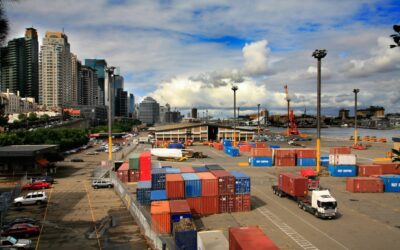

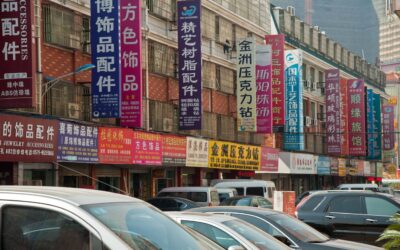


Recent Comments